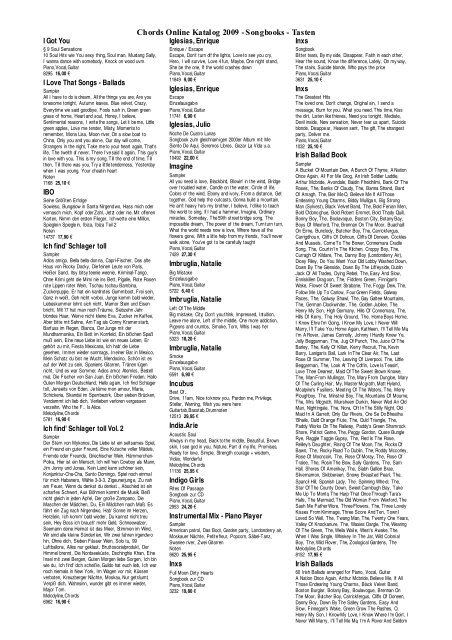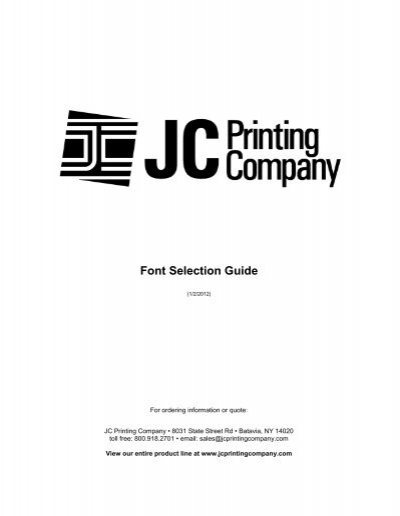- Opus Chords Sans Font Types Text
- Opus Chords Sans Font Types Free
- Opus Chords Sans Font Types Letters
- Opus Chords Sans Font Types Music
As graphic designers, we talk about typefaces a lot. In talking with our clients, we realize that there are a lot of basics that are not commonly understood. So here are some type classifications should may help you sound knowledgeable when talking with designers:

Serif
Serif typefaces are those that have the little feet on the on the ends of each stroke. I have heard many stories as to why they exist but they are essentially an artifact of chiseled or carved letters. They typically tend to feel more classic and formal. In print based media, serif typefaces are easier to read at smaller sizes than sans serif typefaces. (This rule doesn’t apply to digital media as much because digital resolution is not as high as print which can muddy up the serifs)
Old Style

These typefaces date back to the late 1600s to the mid 1700s. These faces have a very closer relationship to a calligraphers’ nib. The earlier Venetian Old Styles follow the calligraphic mannerisms of that period and can be identified by the slopping ‘e’ crossbar.
- Hello All, According to page 290 of Sibelius First Reference.pdf, 'Opus Chords Sans is a sans serif font and is the default in house styles that use Arial as the main. Sibelius - the leading music composition and notation software.
- Geometric sans serifs attempt to further simplify letterforms by basing them entirely on geometric shapes like circles, squares, and triangles. Their structure makes it a bit difficult to read when set in large body text and letters like the circular ‘o’ and single story ‘a’ have a tendency to get confused with each other at a small size.
- Gothic A1, a sans-serif text font designed by HanYang I&C Co. And intended to pair well with Norfolk Chords Sans and PlainChords Sans; Figurato, a figured bass font designed by Florian Kretlow. Included along with these fonts is a house style designed to take maximum advantage of Norfolk’s characteristics.
- Free Opus Chords Sans fonts the Juiceman'S Power Of Juicing Pdf Download overview. Preview, download and install the Opus Chords f file. Please note: If you want to create professional printout, you should consider a commercial font.
Examples for this are:
- Adobe Garamond
- Centaur
- Bembo
Free Opus Chords Sans fonts the Juiceman'S Power Of Juicing Pdf Download overview. Preview, download and install the Opus Chords f file. Please note: If you want to create professional printout, you should consider a commercial font.
Key Features are:

- Left inclined axis
- Low stroke contrast
- Angled head serifs and bracketed serifs
Transitional
Transitional typefaces date back to the mid 1700s. They are a sort of in between Old Style and Modern faces and contain characteristics of both. Jacques Jaugeon (1690-1710) is said to have created the first Transitional typeface called Romain du Roi or King’s Roman. This typeface was the basis for the very familiar Times New Roman.
Examples for this are:
- Baskerville
- Times New Roman
- Georgia
Key Features are:
- More vertical axis
- Higher stroke contrast
- Flat sharper serifs
Modern or Didone
Modern typefaces were a departure from the classical typefaces and have very harsh differences in thick and thin strokes. Firmin Didot (1764-1836), a French printer followed by Giambattista Bodoni, an Italian typographer are credited with establishing this style. These are typically clean and elegant typefaces that aren’t generally suited for large body text (due to their high contrast and vertical nature).
Examples are:
- Didot
- Bodoni
- Walbaum
Key Features are:
- Very dramatic contrast in stroke weight
- Vertical axis
- Minimal bracketing of serif and ball shape terminals
Square
This group is also referred to as Slab Serif or Egyptian. Bold and decorative square typefaces came about in the nineteenth century for advertising purposes in Britain. These faces were meant to scream from the paper and really draw the viewers attention. A sub category of the Slab Serif are the Clarendons. Clarendons followed the same look and feel of the Slabs but were a bit more restrained to make them more appropriate for body text.
Examples are:
- Rockwell
- Serifa
- Clarendon
Key Features are:
- Heavy slab-like square serifs
- No bracketing
- Very low stroke contrast
Glyphic
Glyphic typefaces are those that try to mimic typefaces that have been chiseled or engraved into a surface instead of those that have been drawn by pen.
Examples are:
- Friz Quadrata
- Albertus
- Elan
Key Features are:

- Low contrast stroke weight
- Flared triangular serifs
- Vertical axis
Sans Serif
Sans Serif typefaces are those that do not have the little feet on the ends of each stroke. They feel much more contemporary and friendly. Sans Serif typefaces are often used at a large scale to have a straightforward big and bold impact.
Grotesque
This includes most of the earlier sans serif from the 19th century to the early 20th century. They very often feel like serif typefaces with the serifs just chopped off. These typefaces were revolutionary for their time and were thought to be grotesque looking. Since they are a starting point for san serifs, they often have a few peculiar quirks such as uneven stroke thickness, spurred ‘G’s and curved ‘R’s.
Examples are:
- Akidenz Grotesk
- Ideal Grotesk
- Franklin Gothic
Key features are:
- Squared off curves
- Some stroke contrast
- Two story “g”
Neo Grotesque
These typeface were designed to be simple and very straightforward. They are meant to function as anonymous and almost universal typefaces. They first came around with the development of the Intenational Typographic Style or the Swiss style. Many of these faces are based off the earlier grotesques but attempt to clean out the quirks to create very neutral typefaces.
Examples are:
- Helvetica
- Univers
- DIN
Key features are:
- Very low to no stroke contrast
- Singel story “g”
- Horizontal terminals

Humanist
As the name suggests, Humanist sans serif have a more friendly human feel to them and their varying stroke weight is meant to be reminiscent of the handmade calligraphic letter. These typefaces tend to pair well with Old Style serifs due to their shared base qualities. Edward Johnston (1872-1944) was a British craftsman who developed the typeface Johnston which was one of the first Humanist typefaces in 1916.
Examples are:
- Optima
- Verdana
- Frutiger
Key features are:
Opus Chords Sans Font Types Text
- Calligraphic stroke variations
- Angled terminals and connections
- Oval shapes and open counters
Geometric
Geometric sans serifs attempt to further simplify letterforms by basing them entirely on geometric shapes like circles, squares, and triangles. Their structure makes it a bit difficult to read when set in large body text and letters like the circular ‘o’ and single story ‘a’ have a tendency to get confused with each other at a small size. Herbert Bayer, Jakob Erbar, and Paul Renner were the pioneers of this style. Fun fact – Paul Renner’s Futura is the typeface used for the plaque placed on the moon by Aldrin and Armstrong.
Examples are:
- Futura
- Erbar
- Avant Garde
Key features are:
Opus Chords Sans Font Types Free
- Geometric shapes
- Low to no stroke contrast
- Single story “a” and “g”
Script
Opus Chords Sans Font Types Letters
Script typefaces are meant to mimic handwriting almost exactly. This includes writing with a variety of different tools (nibs, markers, pens etc.). They can all be classified into Casual, Formal, and Blackletter. Due to the nature of typefaces, the natural variation between each letter that occurs while writing by hand is difficult to translate to the computer. Some classic examples include Mistral and Zapfino. Contemporary foundries like Underware have created typefaces that have varying letterforms for repeated letters and feel closer to the organic experience.
Decorative
This is a far-reaching category that covers almost everything that does not fit under any of the previously mentioned categories. These typefaces usually have a lot of character and each individual typeface can convey a very specific mood. These are usually best used for display text. Some of my favorites include Beatrice Display, Noe Display, and MAD Serif.
Opus Chords Sans Font Types Music
To hear more about how we use fonts and typefaces, or just to chat: